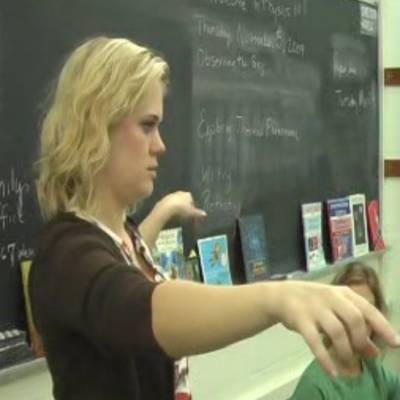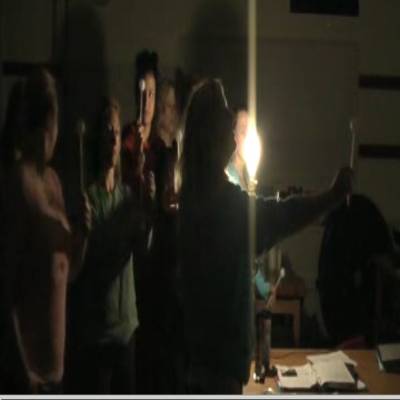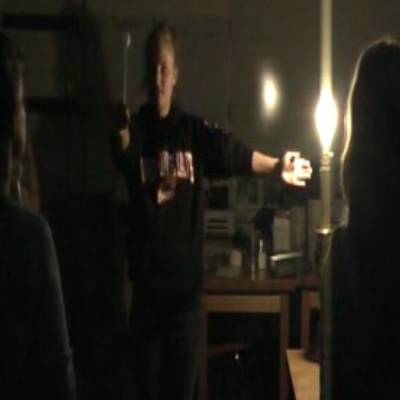Table of Contents
Moon Dance 2 Activities: Developing Earth and Space Perspectives for Phases of the Moon
Navigation Links
Sun-Earth-Moon Activities
Fall 2009-Day 12
The Anticipatory Set for Moon Dance 2 Moon Diagrams
Instructions
Moon Dance 2
The Next Step
| The next step is to think about the relative sizes of the sun and the moon. If the students hold their thumbs up and compare their thumbs to the wall clock, the thumbs and the wall clock appear to be about the same size. However, if they walk right up to the wall where the wall clock is hanging and compare their thumbs to the wall clock, their thumbs are very small and the wall clock is very large. From this they can infer that the moon must be small and the sun must be very large if the sun is very far away. |


